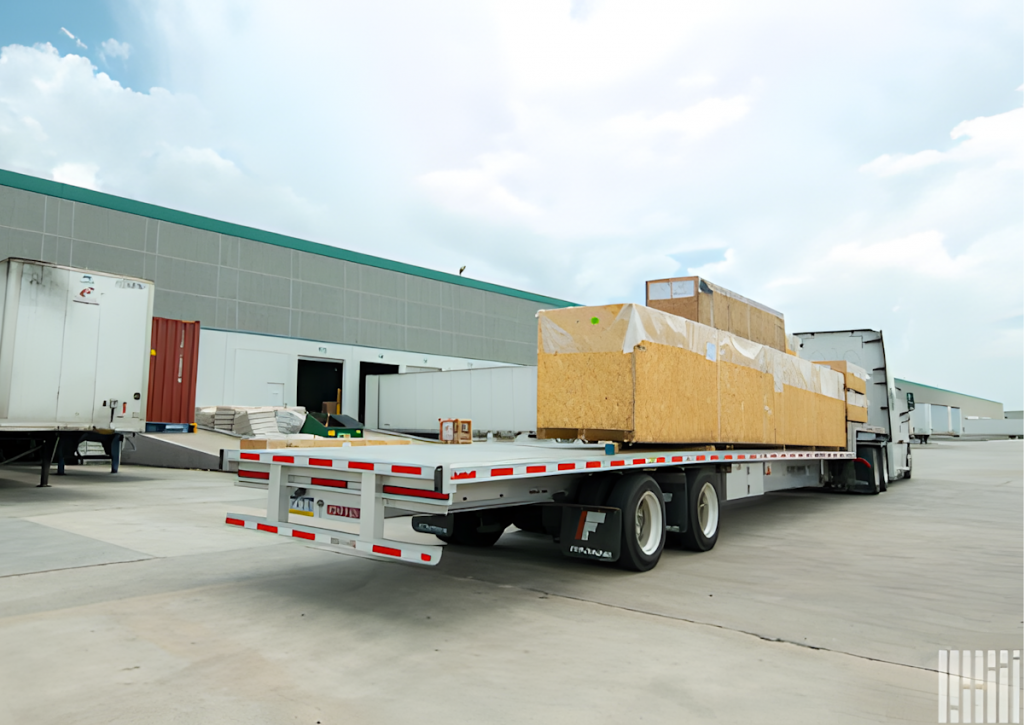Training Your Driver on How to Handle Load Claims the Right Way

You don’t wait until the house is on fire to learn how to use an extinguisher. The same goes for load claims. If you’re running a trucking business — whether it’s one truck or ten — load claims aren’t a matter of “if.” It’s a matter of “when.”
When that day comes, your driver will either handle it like a pro or fumble it and cost your company money, time, and credibility. That outcome depends on what you do right now — not later.
A load claim is a formal complaint made by a shipper, broker, or receiver that the freight didn’t arrive in the condition it was supposed to — damaged, missing, late, spoiled, or otherwise noncompliant. It’s a paper trail that could lead to you eating the cost of a load you thought you’d already delivered.
Types of claims include:
-
Shortage – Part of the shipment is missing
-
Damage – Cargo is broken, dented, spoiled, or compromised
-
Delay – Load wasn’t delivered within the agreed time window
-
Contamination – Especially in food-grade or sensitive materials
-
Overage – You delivered more than what was on the bill
A single mishandled claim can trigger:
-
Cargo liability payouts (often up to $100,000)
-
Termination of contracts with shippers or brokers
-
Legal disputes and denied insurance claims
-
Lost access to certain lanes or load boards
Most importantly, your reputation takes a hit. If you’re running a small fleet, your name is your brand. The market is tight. You can’t afford that.
Here’s how you train your drivers to not make things worse.
-
Have your driver inspect the load thoroughly at pickup if allowed.
-
Are the pallets stacked correctly? Is there visible damage? Does the count match the BOL?
-
Make them note any exceptions on the bill of lading immediately before signing.
-
Consider a trailer mounted magnetic camera that is Bluetooth connected to your smartphone.
Pro Tip: Train your drivers to take photos before leaving the shipper’s dock if possible— especially if something looks questionable. That could be your saving grace.
Even if a shipper loads the trailer, you’re still liable for how it rides. That means:
-
Rechecking securement
-
Using load bars, straps, or blankets if needed
-
Verifying temp settings for reefer units
If your driver feels the freight shift in transit, that’s a red flag.
A late load in rare cases are treated the same as a damaged one.
-
If traffic, breakdowns, or weather delay your driver, they must notify dispatch and broker ASAP.
-
Always document communication and make sure the receiver is aware.
Do you want to build your own blog website similar to this one? Contact us






